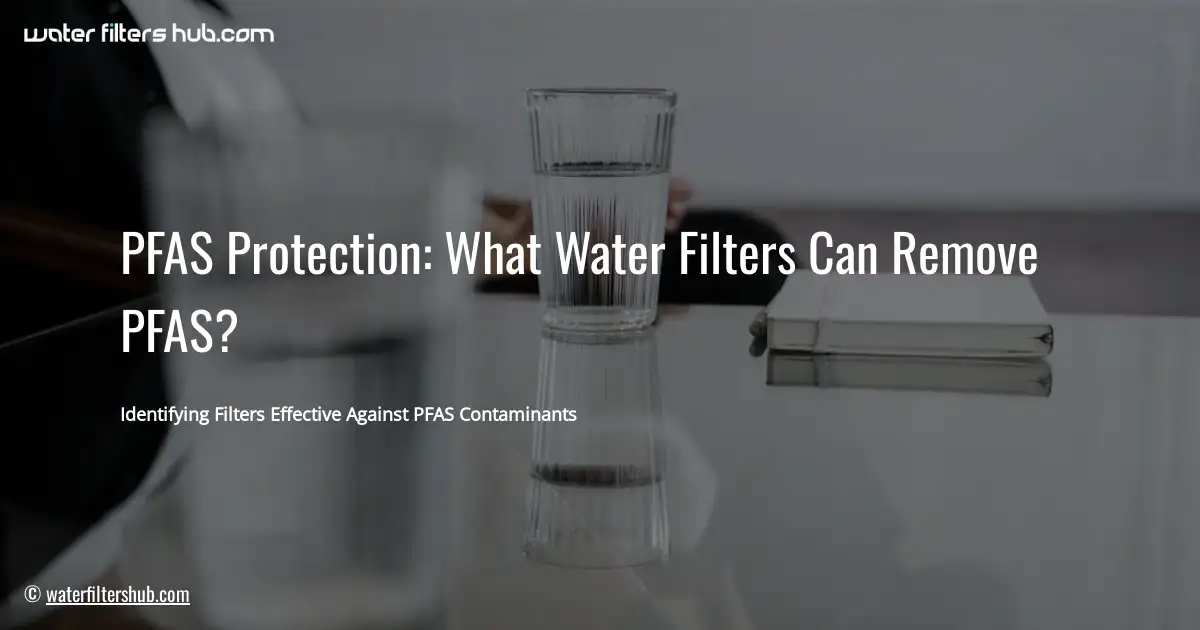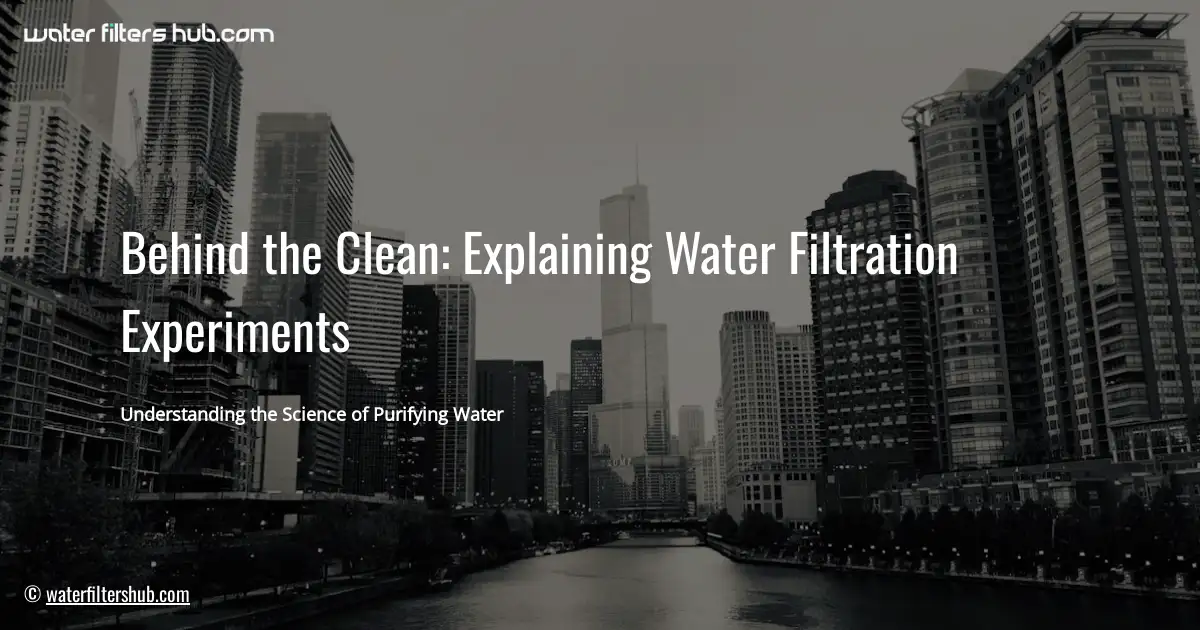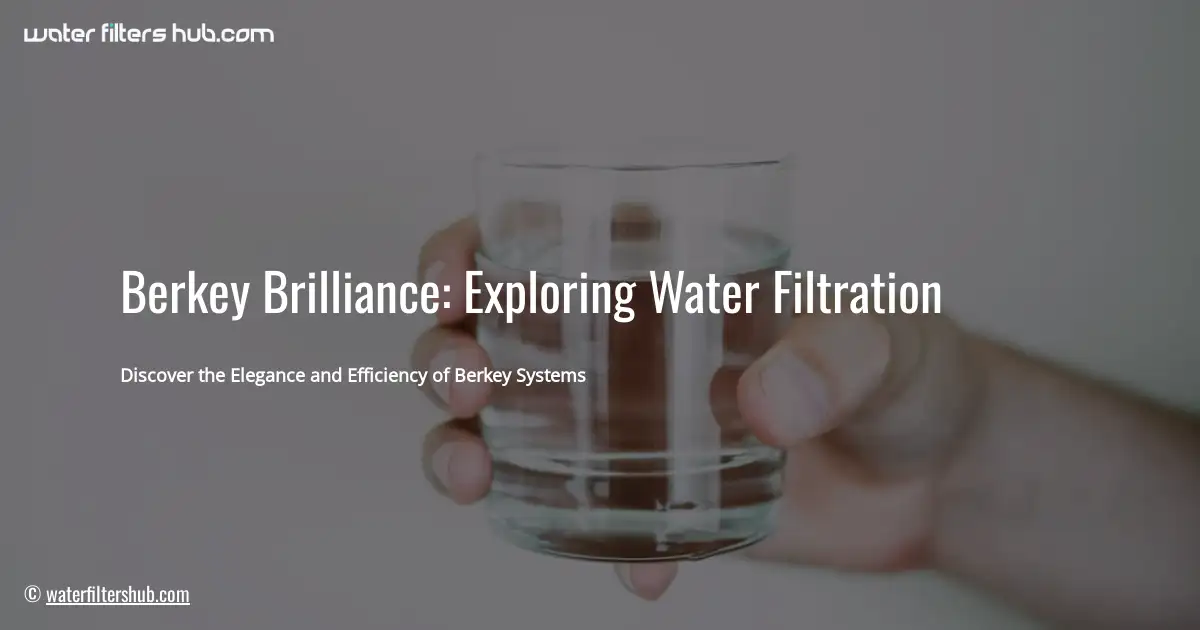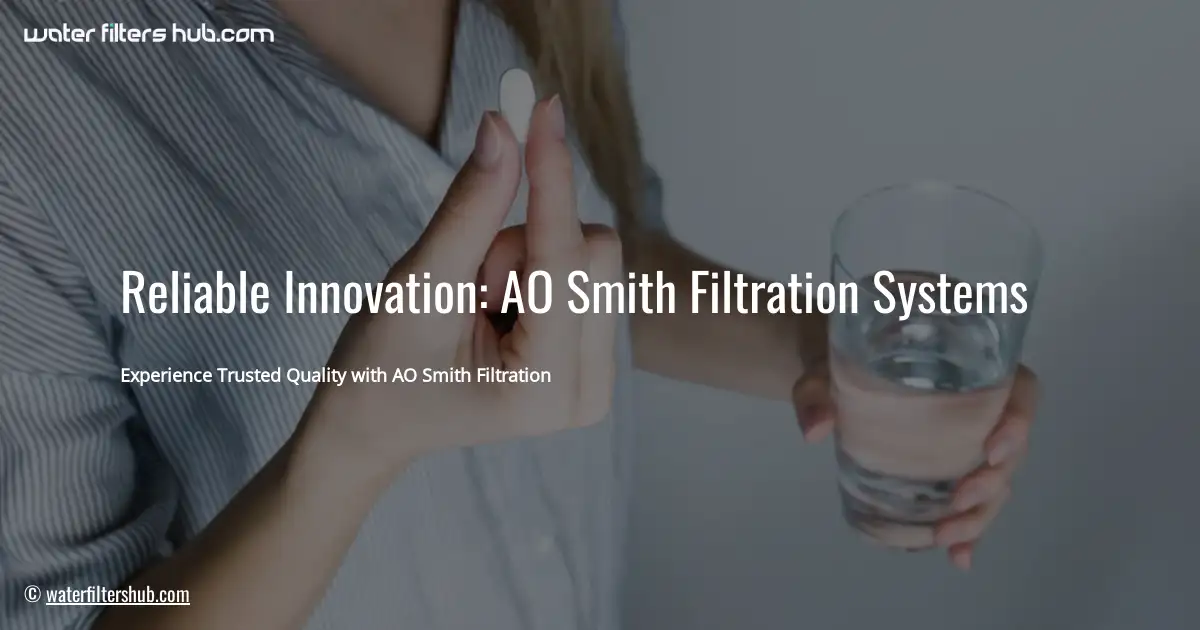Identifying Filters Effective Against PFAS Contaminants
PFAS Protection: What Water Filters Can Remove PFAS?
PFAS (per- and polyfluoroalkyl substances) are a group of man-made chemicals that have been widely used in various industrial and consumer products. They are known for their exceptional resistance to heat, water, and oil, making them valuable for a range of applications. However, these same properties also make PFAS highly persistent in the environment and difficult to remove from water.
PFAS have been linked to a range of potential health risks, including cancer, developmental issues, and immune system dysfunction. As a result, it is essential to take steps to protect ourselves from exposure to these harmful chemicals. One of the most effective ways to do this is by using a water filter that is capable of removing PFAS from drinking water.
Reverse Osmosis: A Proven Solution for PFAS Removal
Reverse osmosis (RO) is a highly effective water filtration technology that can remove up to 99% of PFAS contaminants. This process uses a semipermeable membrane to separate pure water from dissolved solids, including PFAS. “Like a microscopic bouncer,” the membrane allows water molecules to pass through while blocking larger particles, such as PFAS. RO systems are ideal for homes with high levels of PFAS contamination, providing peace of mind that your water is safe to drink.
Granular activated carbon (GAC) filters are a cost-effective option for removing PFAS from water. These filters contain tiny particles of activated carbon, which have a large surface area that attracts and traps contaminants. GAC filters can be installed under the sink or as a whole-house system. They are effective at removing a wide range of PFAS, including PFOA and PFOS.
However, it’s important to note that GAC filters can become saturated over time and need to be replaced regularly to maintain their effectiveness. Additionally, GAC filters may not be as effective at removing some newer types of PFAS, such as GenX.
DIY Water Filtration Options
Granular Activated Carbon Filters
Granular activated carbon (GAC) filters are a popular and effective DIY option for PFAS removal. They consist of activated carbon granules that trap PFAS molecules as water passes through them. GAC filters are widely available and relatively inexpensive. However, they require regular replacement to maintain their effectiveness.
“Like a sponge for PFAS, GAC filters soak up those nasty chemicals, keeping your water clean.”
Brita and Pur Filters (Limitations)
Brita and Pur filters are commonly used for home water filtration. While they can remove some PFAS, their effectiveness varies based on the specific PFAS type and the filter’s design. It’s important to note that not all Brita and Pur filters are certified to remove PFAS.
“These filters are like the ‘lite’ version of PFAS removal. They do a decent job, but don’t expect them to be as effective as the heavy-duty options.”
Granular Activated Carbon Filters
For those seeking a cost-effective solution, granular activated carbon (GAC) filters are a reliable choice. These filters utilize activated carbon, a highly absorbent material that traps PFAS molecules. GAC filters are typically installed under the sink or as a whole-house system.
Brita and Pur Filters
Brita and Pur filters are popular countertop options that utilize activated carbon to remove impurities. While they may not be as effective as GAC filters, they can still reduce PFAS levels to some extent. However, it’s crucial to note that these filters have a limited capacity and require frequent replacement to ensure optimal performance.
WHAT WATER FILTERS CAN REMOVE PFAS ON YOUTUBE
Granular Activated Carbon Filters
Granular activated carbon (GAC) filters are an affordable and effective way to remove PFAS from water. These filters use activated carbon, a porous material that traps contaminants as water passes through it. GAC filters are available in various sizes and can be used in both countertop and under-sink systems.
“Like a sponge for PFAS,” GAC filters absorb and remove these contaminants, leaving you with cleaner, safer water. They’re a great option for homes with low to moderate levels of PFAS contamination.
A Workhorse for PFAS Removal
GAC filters are the unsung heroes of PFAS removal. These filters are packed with tiny activated carbon particles that act like a sponge, soaking up PFAS and other contaminants from water. Their high surface area and porous structure make them highly effective at capturing these stubborn chemicals. GAC filters are often used in large-scale water treatment plants, but they’re also available for home use in countertop or under-sink models.
How GAC Filters Work:
- Water passes through the activated carbon bed.
- PFAS molecules are attracted to the carbon’s surface and stick to it.
- Clean water exits the filter.
Benefits of GAC Filters:
- Effective at removing a wide range of PFAS compounds
- Relatively affordable and easy to maintain
- Can be used for both municipal and well water
Limitations of GAC Filters:
- May not remove all PFAS compounds
- Can become saturated over time, requiring replacement
How Ion Exchange Works
Ion exchange is a process that uses resin beads to remove PFAS from water. The beads are coated with ions that attract and bind to PFAS molecules, swapping them out for harmless ions. This process is effective at removing a wide range of PFAS, including PFOA and PFOS.
Advantages of Ion Exchange
- High removal efficiency: Ion exchange can remove up to 99% of PFAS from water.
- Broad spectrum: Ion exchange can remove a wide range of PFAS, including PFOA and PFOS.
- Easy to maintain: Ion exchange filters require minimal maintenance, typically only needing to be replaced every 6-12 months.
Disadvantages of Ion Exchange
- Can be expensive: Ion exchange filters can be more expensive than other types of filters.
- Not effective against all PFAS: Ion exchange is not effective at removing all types of PFAS, such as GenX.
- Can produce wastewater: Ion exchange filters can produce wastewater that contains PFAS, which must be disposed of properly.
| Ion Exchange Filter | Removal Efficiency | Maintenance | Cost |
|---|---|---|---|
| Aquasana OptimH2O RO System | 99% | Every 6-12 months | $300-$500 |
| GE GXSV65R SmartWater Reverse Osmosis System | 98% | Every 6-12 months | $200-$300 |
| Culligan AC-55 Activated Carbon Filter | 95% | Every 3-6 months | $100-$200 |
A Natural Solution
Granular activated carbon (GAC) filters are a popular and effective option for removing PFAS from water. GAC is made from coconut shells or other organic materials that have been treated to increase their surface area. This increased surface area allows the GAC to adsorb a wide range of contaminants, including PFAS.
GAC filters are relatively inexpensive and easy to install. They can be used in a variety of applications, including home water treatment systems, industrial wastewater treatment, and even air purification.
One of the main advantages of GAC filters is their ability to remove a wide range of contaminants. In addition to PFAS, GAC filters can also remove chlorine, lead, mercury, and other heavy metals. This makes them a good choice for people who are concerned about multiple contaminants in their water.
However, GAC filters do have some limitations. They can be less effective at removing certain types of PFAS, such as perfluorooctanoic acid (PFOA) and perfluorooctane sulfonate (PFOS). Additionally, GAC filters can become saturated over time, so it is important to replace them regularly.
For a budget-friendly option, granular activated carbon (GAC) filters can effectively remove PFAS. These filters use activated carbon granules to trap and absorb contaminants, including PFAS. GAC filters are available in various sizes and capacities, making them suitable for different household needs.
Brita and Pur filters are popular countertop water filters that use activated carbon to remove impurities. While they can reduce some PFAS levels, they may not be as effective as dedicated PFAS-specific filters. It’s important to note that Brita and Pur filters may not remove all types of PFAS, so testing your water before and after filtration is recommended.
PREDICTING HOW EFFECTIVE WATER FILTERS ARE AT REMOVING A VARIETY OF …
HOME FILTERS – STATE OF MICHIGAN
HOW TO CHANGE FILTER ON WATER FILTRATION SYSTEM
HOW WATER FILTERS ARE MADE
HOW MUCH ARE BRITA WATER FILTERS
WHAT WATER FILTERS REMOVE BACTERIA
HOW LONG DO ZERO WATER FILTERS LAST







Leave a Reply